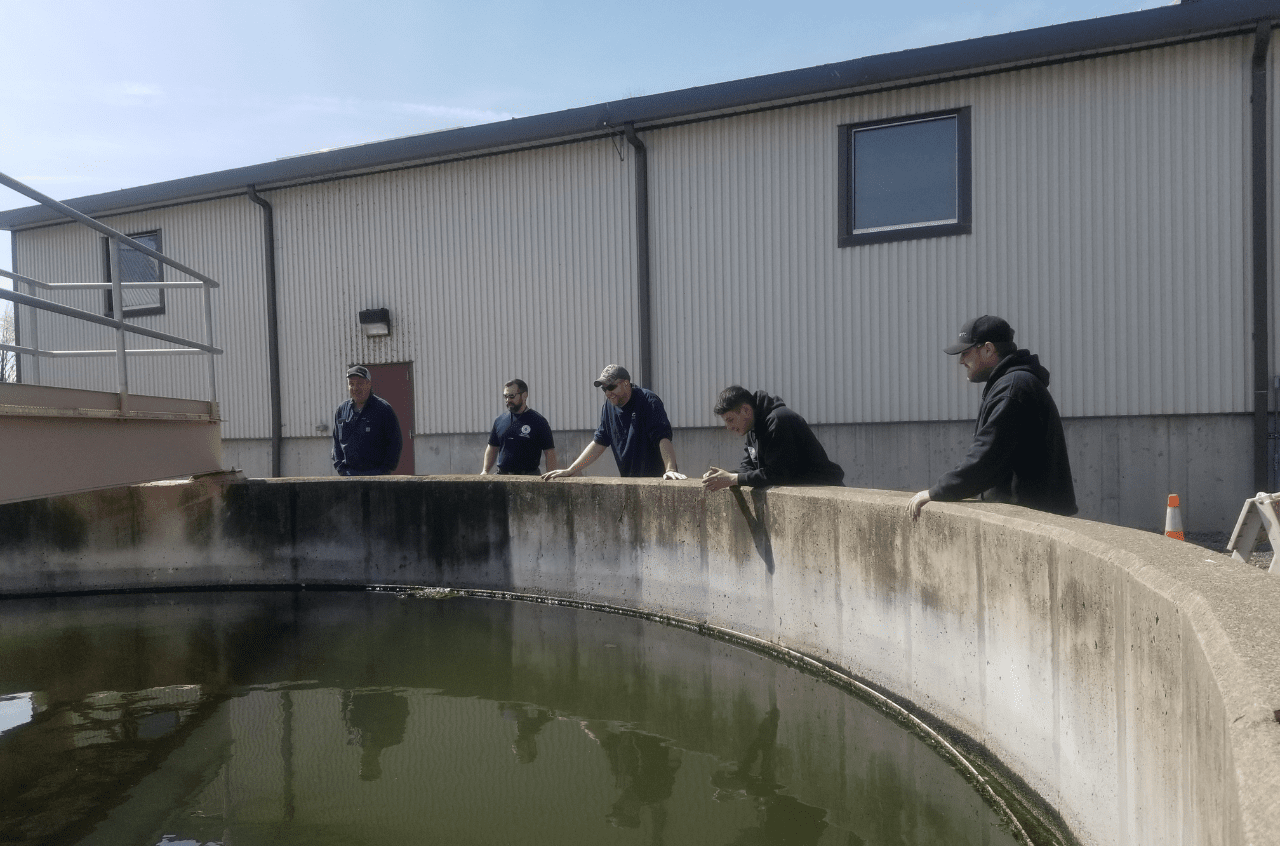
Located on the north end of Keuka Lake in the state of New York, is the Village of Penn Yan which is home to approximately 5,000 people. The Keuka Lake Outlet carries water from the lake’s outlet through the Village along with flow from two small creeks to Seneca Lake, the largest lake in the Finger Lakes chain. These waterways and the power they generated were a principal reason for the establishment of the Village on this site in 1799.
Today, residents and summer vacationers enjoy many recreational activities along the lakes and outlet. Protecting these waterways is a top priority for the Penn Yan Wastewater Treatment Plant Operations team, and the Chief Operator, Yvonne Tucker.

Moving to a Centralized Data Platform
Penn Yan moved from paper to digital in 2022 with Rio, a software program by Aquatic Informatics that helps manage treatment plant operations by collecting and organizing data into actionable insights. The new software can integrate with electronic lab transfers, pull data from instruments, and allow personnel to capture field data on-site with a connected mobile device. Alerts can be set to notify operators with in-app notifications and email if a parameter setpoint has been exceeded.
Having all this data securely stored in the cloud improves operational visibility. Preceding and following weekends and holidays, operators will let their co-workers know if something is amiss or a little unusual, but sometimes circumstances don’t allow for the conversation to happen. Having information from the previous shift at the fingertips of the new crew ensures they can have a quick glance at the previous 8 hours.

Reporting, Compliance & Transparency
Tucker uses Rio to produce the monthly NetDMR discharge reports and other quarterly reports for stakeholders. As most data is automatically fed into the system, compliance reporting takes a lot less time, and without additional, repetitive data entry, there is less chance for human error.
Prior to the new software, if a stakeholder asked to see the last year of flow data, it would involve pulling data from 12 different spreadsheets and copying and pasting it into one. Today, Tucker can select and organize the data she needs for just about any request, providing a new level of transparency for stakeholders and the ability to provide reports that visually showcase pertinent results.
We were chasing data all over the place in multiple spreadsheets which made it very hard to troubleshoot issues and difficult to see long-term trends.

Capturing History for Future Hires
Small communities with small budgets are held to the same standards and regulations as larger water utilities. “It’s vital for small teams like us to use every tool we can to streamline operations and work processes, as our roles and responsibilities often encompass a more diverse spectrum than our colleagues in larger utilities,” said Tucker.
As new hires join the team, they need to quickly get up to speed on plant operations. Having all its wastewater treatment information stored in one place will really help with this. As things change over time, operators will have a reliable historical baseline to help with decision-making.

